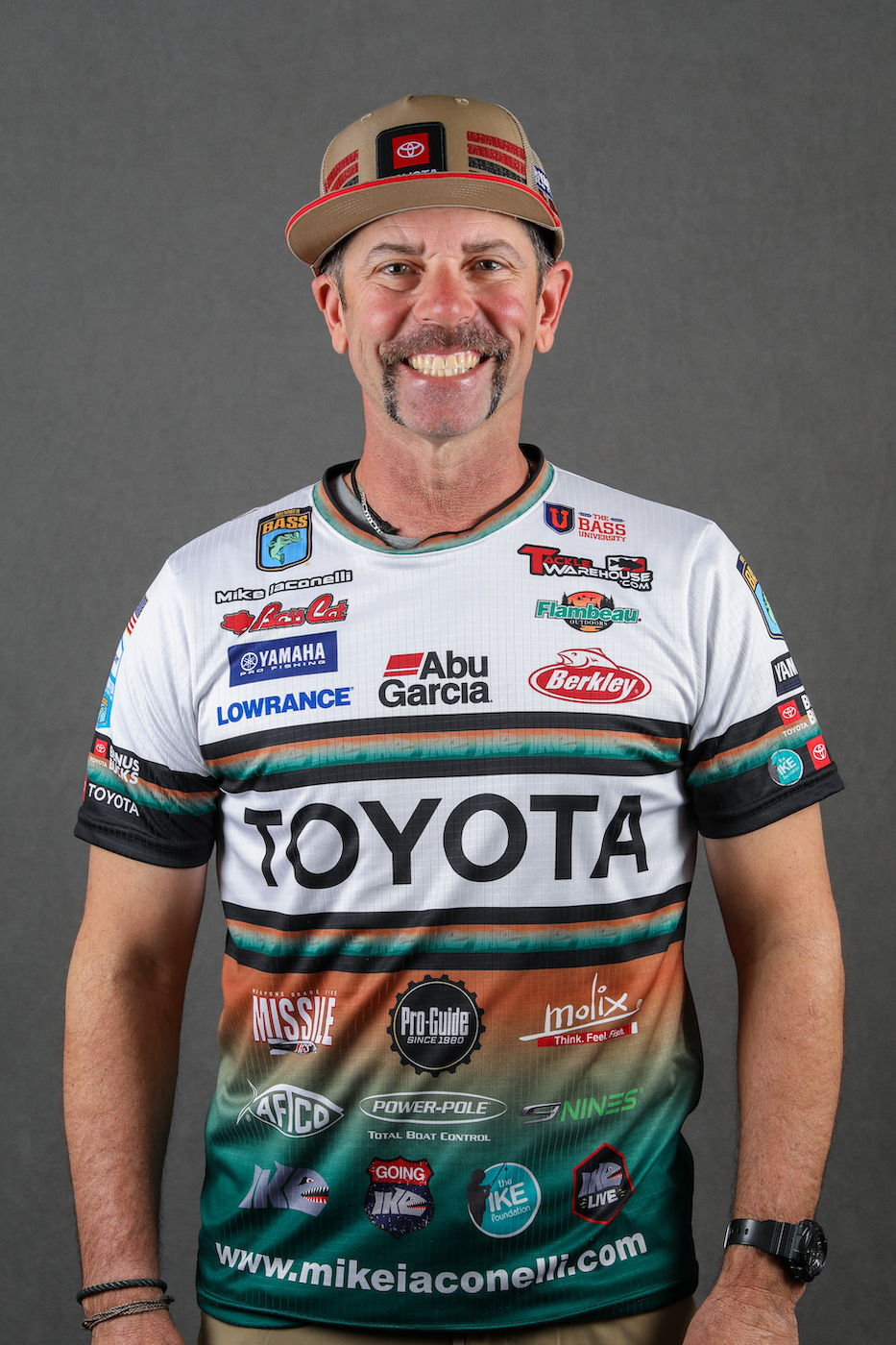This topic gets two parts because it's a little bit complicated, and because it's the one time of the year that you can have the best day of your life on the water.
Before we begin talking techniques, however, let's look at water temperature. The fantastic late fall fishing will usually last between two and four weeks. It starts when the water temperature reaches about 55 degrees and ends at about 50 degrees. After that, the bass are more in their winter mode, and you'll have to do something different to catch them.
Now, let's talk about finding the right spot in a little more detail than we did a couple of weeks ago. I said hard-bottomed places, and that's true. But, in truth, there's more to it than that. Not all hard-bottomed places are created equal. You have to find the right one and fish it correctly.
Most hard-bottomed places have a specific spot on them that holds almost all of the bass. You might find a rock area as big as three bass boats, but the point that runs off it is only as big as a bass boat. Or there may be a boulder on that point that's no bigger than your motor. That's the spot you have to find and fish correctly.
Modern electronics are unbelievable in their precision. Learn to use them. Find the hard spot, mark the point and then locate the boulder. I often mark the area — and specific places on it — with a buoy. I like to see what I'm working with.
As good as they are, however, modern electronics can't do it all. That's where proper lure selection comes into play. You need baits that not only catch fish but that also help you mark the details of your spot. You need a twofer.
My choices are crankbaits — those that run deep enough to strike the bottom whatever depth that might be — as well as heavy football head jigs and Carolina rigs with tungsten weights. If I fish an area with a collection of these lures, I'll not only catch fish, I'll also find every crack and crevice on my spot.
To do this correctly you have to find the correct "line of the cast." You're trying to hit a place a foot or two wide in an area as much as 60 feet long. Think about positioning your boat before you start throwing. You need to be able to hit the same exact spot every time you cast. That can be even tougher than it sounds.
Punch in waypoints, mark your map and make notes — complete with sketches and diagrams. Pay attention to the shoreline, and don't be stingy with your marker buoys. You're going to come back to this spot time after time over the next few weeks.





